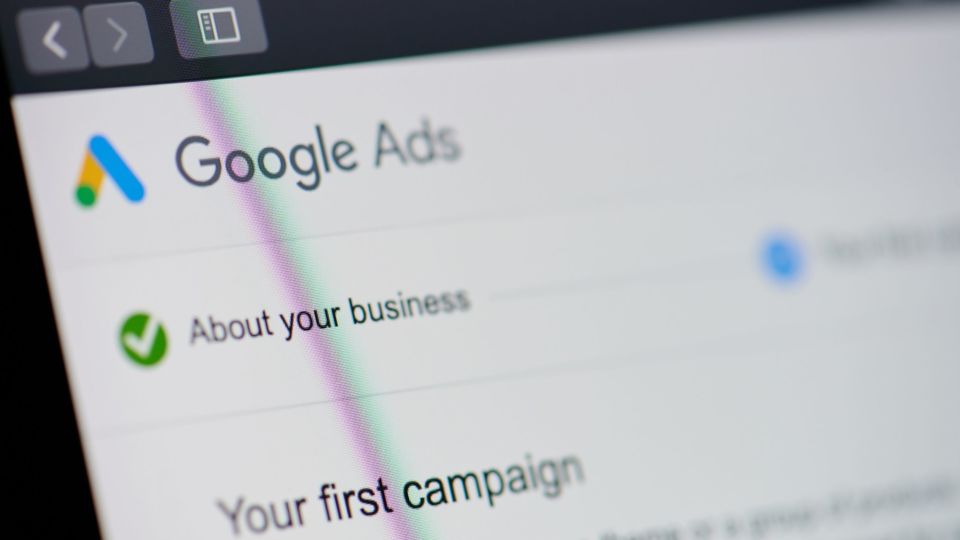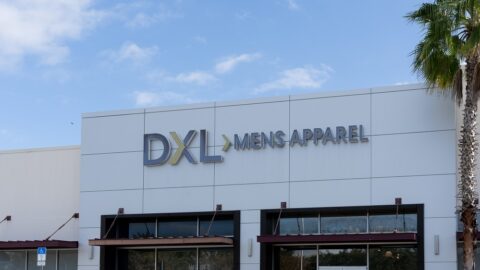The uncertainty created by COVID-19’s resurgence means e-Commerce is going to remain top-of-mind for the foreseeable future, which makes a strong performance on Google Ads vitally important. Shoppers making online purchases in new categories are valuable targets, but the search advertising space was growing increasingly crowded even before the pandemic caused a surge in online shopping, according to Sidecar’s 2020 Benchmarks Report: Google Ads in Retail.
The study found that this evolving area was already causing retailers to shift their budgets: Google Shopping (the image-focused product ads that appear at the top of a search) spend was up approximately 7% in 2019, while Google paid search (the text-based links that appear within the search results) spend fell nearly 8%. However, both channels have a role to play as retailers seek to:
- Stand out in a crowded space dominated by Amazon and filled with smaller competitors;
- Capture shoppers at the right part of their journey to maximize the impact of delivered ads; and
- Optimize their efforts for an ever more mobile-focused world.
“The competition across the Google Ads platform has created a big challenge, but I think the biggest takeaway for me is that we saw retailers continue to keep pace and continue to spend a little bit more in certain channels and a little bit less in others,” said Mike Farrell, Senior Director, Integrated Digital Strategy at Sidecar in an interview with Retail TouchPoints. “All in all, they were spending relatively the same amount year-over-year but doing smarter things from a tactical and strategic perspective.”
Amazon Is An Advertising Juggernaut, But Smaller Retailers Can Still Be Seen
In 2019, Amazon expanded its Google Shopping impression share to over 50% in areas including house and home, beauty and mass merchandise, according to Sidecar. However, other retailers proved they could fight back in paid search, where the retail giant’s beauty impressions fell by 20% between the start of 2018 and the end of 2019.
The key to beating Amazon is winning where you can. Most retailers can’t compete with the company in terms of absolute selection, price or free shipping options, so they have to focus on other sales drivers. This means taking an educated approach that zeroes in on the right audience with a selection of high-quality products, in contrast to Amazon’s broad (sometimes frustratingly so) selection.
“The way retailers are combating Amazon on the Google Ads platform goes back to the fact that all traffic is not created equal,” said Farrell. “They are trying to pick the traffic that means the most to their business, so they’re choosing the keywords within paid search where they feel like they can deliver the best value and the best customer experience, through landing page optimization and from an ad copy perspective. On the Google Shopping side, they’re getting really smart about who they’re delivering their ads to and how they’re spending those advertising dollars.”
Spending Smarter Means Catching Customers At The Optimal Spot In Their Journey
The more focused grab for traffic had a significant impact on spend: the average Google Shopping ad budget rose 24% in 2018, but rose only 7% in 2019. However, Google Shopping clicks still rose 11% in 2019 as marketers made better use of their money.
In contrast, paid search clicks dropped 12% year-over-year as retailers competed for the top three to four spots, as opposed to the top six as they did in 2018 — but that doesn’t make search any less important, just more fiercely competitive.
Both sides of the Google Ads platform are valuable, depending on what retailers want to achieve. Google Shopping grabs customers toward the end of their journeys, while paid search operates a bit earlier on. Catching customers’ eyes at the right point of their journey is key, and retailers who understand where and how their particular offering can turn clicks into conversions reap the benefits.
“Generally speaking, retailers are trying to allocate their ad dollars across the purchasing funnel,” said Farrell. “They’re trying to acquire new customers at the top of the funnel and then invest dollars throughout that purchase process to ultimately drive sales. But it ties back into the fact that because the Google Ads platform has become super saturated and is becoming a lot more competitive, they’re picking and choosing where they’re spending those ad dollars a little bit more wisely. They’re focusing those efforts down toward the bottom of the funnel, where they’re driving more direct return on ad spend.”
Mobile Devices Have Their Own Quirks When It Comes To Google Ads
Another reason for the disparity between growth in Google Shopping and paid search is the continued rise of mobile. On these smaller screens, shopping ads dominate the search engine results page compared to paid search ads, which helps this format lead to greater engagement from mobile shoppers. Mobile accounted for 69% of total Google Shopping clicks and 57% of total Google paid search clicks in 2019.
“It’s a running joke in this industry that every year for the last five years have each been ‘The Year of Mobile,’ but I think in the last two years particularly we’ve seen kind of a huge influx,” said Farrell. “There’s been a major shift in the way that customers are shopping and where they’re using mobile more frequently to actually make purchases. Retailers have had to react to this and upgrade what they’re doing from a mobile perspective because the amount of traffic is so great.”
However, conversion rates remain low on mobile, particularly in retail segments where customers are less comfortable purchasing on a phone, such as big-ticket items like furniture and research-heavy areas like beauty. Retailers are still exploring this frontier, but progress is being made — once again by approaching the problem intelligently, which in this case means removing barriers to conversion.
“I would say over the last two years most retailers have made the shift and made the necessary adjustments,” said Farrell. “I think that they probably saw the fruits of a lot of work that they did in 2018 in 2019, and that’s where we’ve seen such a major shift in not just search traffic but also the ability for that traffic to actually convert, which was always a historical problem within retail. We’ve seen that trend change: the conversion rates are still lower on mobile, but it’s balanced out because with the sheer amount of traffic that we get from mobile it’s natural that that traffic will convert at a slightly lower rate.”













